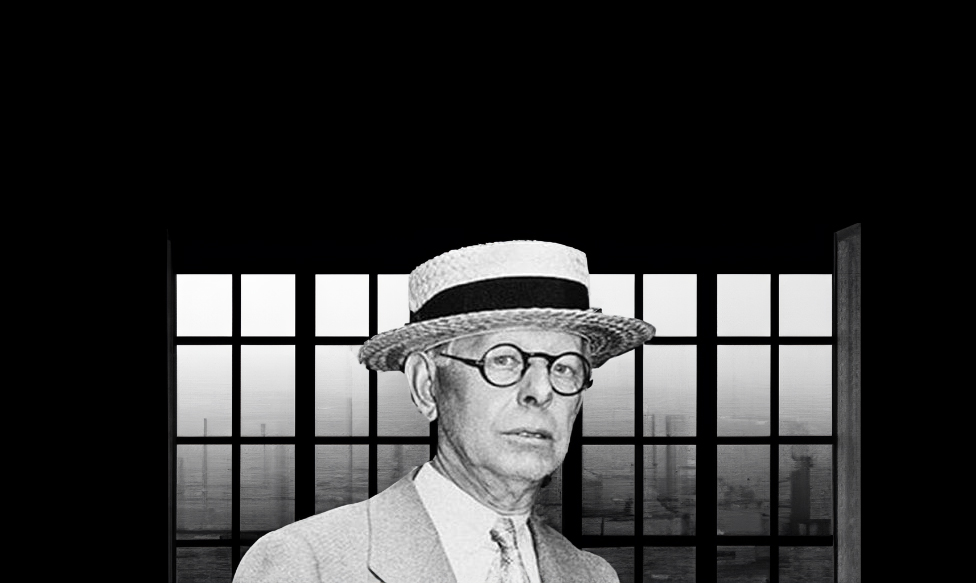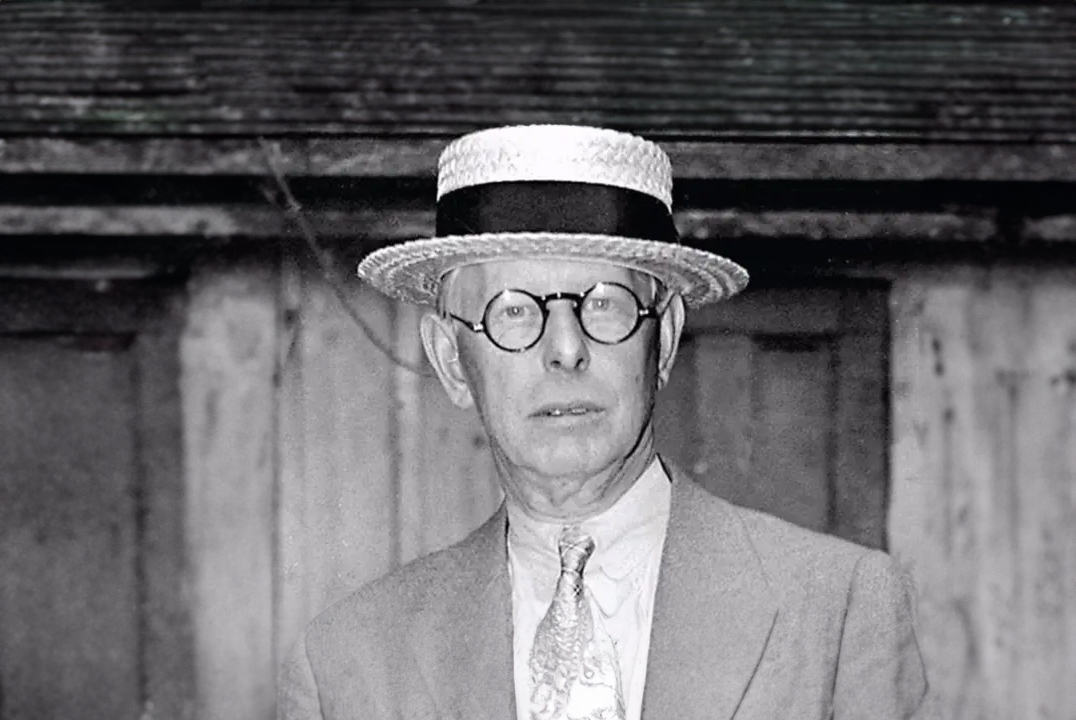 Jesse Livermore and the Turning Points in the Great Depression
Jesse Livermore and the Turning Points in the Great Depression
With the support of friends, Jesse Livermore managed to return to Wall Street after a challenging period and settle his debts. The stock market was flourishing, and by the end of the “Roaring Twenties,” the Dow Jones had risen from 106 to 380 points. Livermore recognized the overbought situation and skillfully switched to the short side. The “Black Monday” on October 24, 1929, and the subsequent day brought a dramatic loss of 25 percent in the leading index, later known as the greatest stock market crash in history. However, with his considerable successes on Wall Street, challenges also emerged for Jesse Livermore.

The Emotional Decline and Personal Struggles of Jesse Livermore
Livermore’s depression intensified, the separation from his second wife Dorothy, and numerous relationships with women threw him emotionally off balance. Ironically, Jesse Livermore, who had always recognized the interplay of fear and greed as driving forces for price movements, now succumbed to his own emotions. Even a third marriage couldn’t halt his mental decline. At the suggestion of his two sons, he wrote a book about his trading methods.
The work, titled “How To Trade In Stocks,” was published in 1940 but did not sell particularly well. Despite still possessing a considerable fortune, Livermore was increasingly dominated by his depressions. On November 28, 1940, Jesse Lauriston Livermore took his own life in the dressing room of a New York hotel.
The Immortal Memory of Jesse Livermore
Jesse Livermore became immortalized through the stock market classic “Reminiscences of a Stock Operator.” While there are numerous books on the stock market, “Reminiscences of a Stock Operator” by Edwin Lefevre – translated into German as “DAS SPIEL DER SPIELE” – is considered by many as the original.
